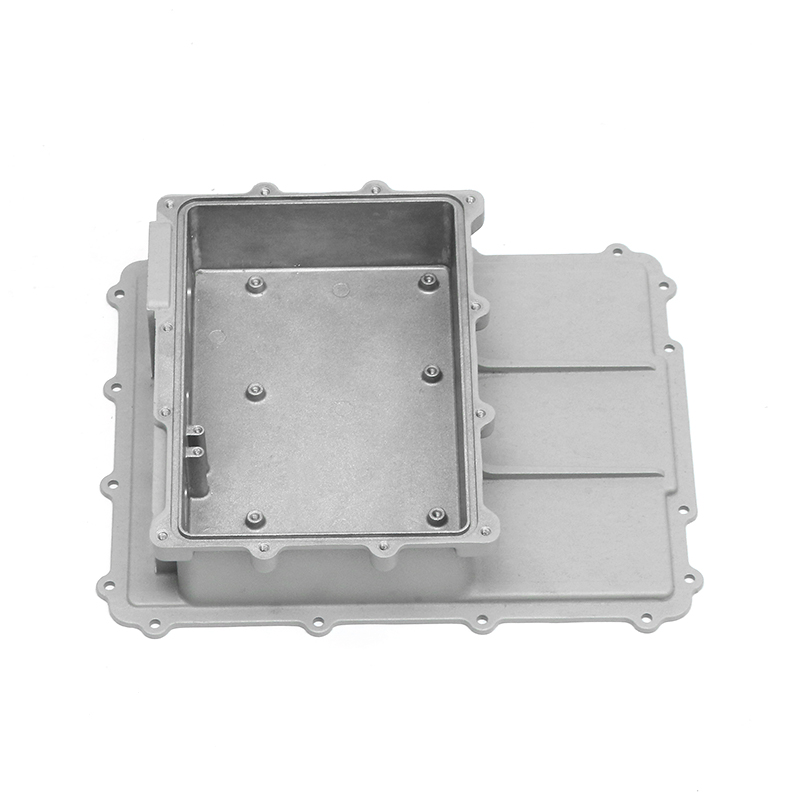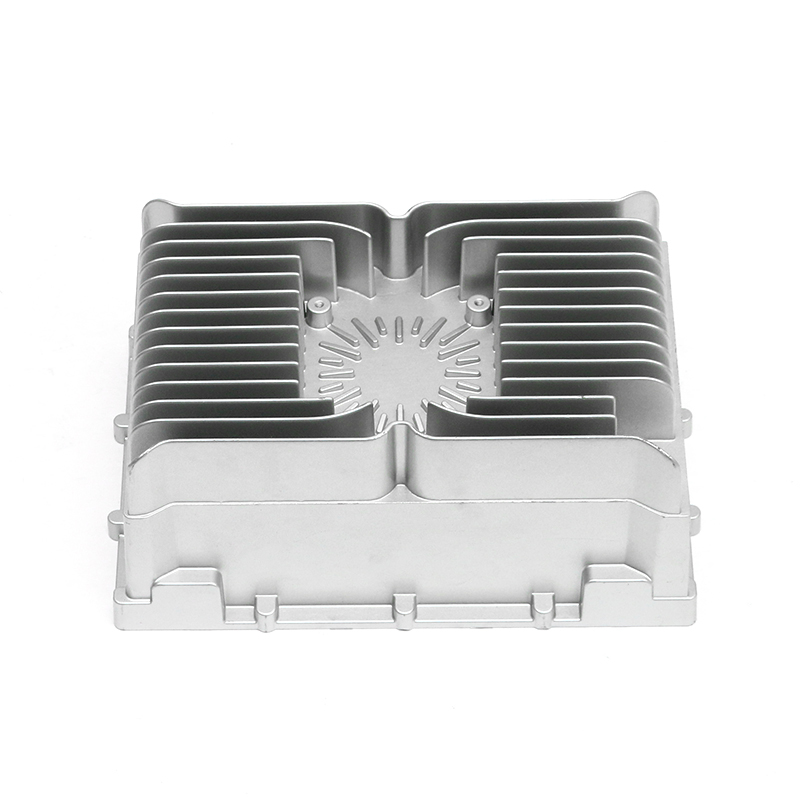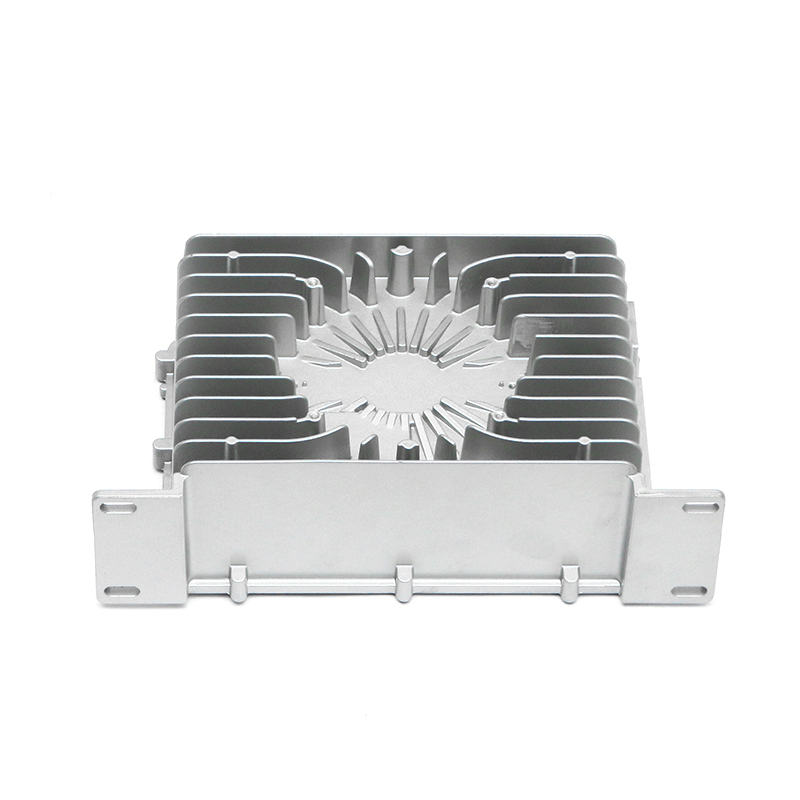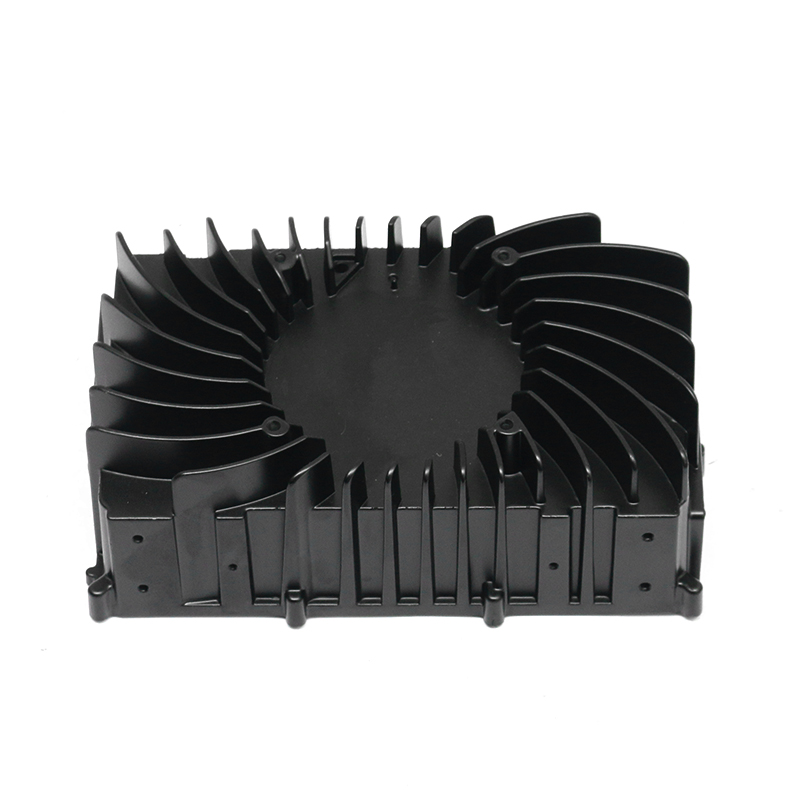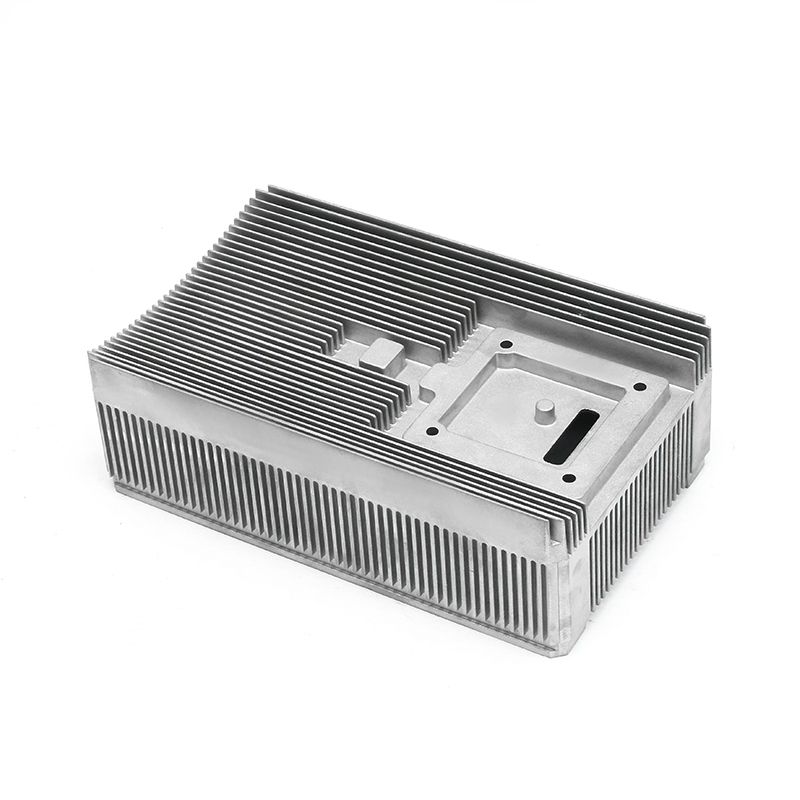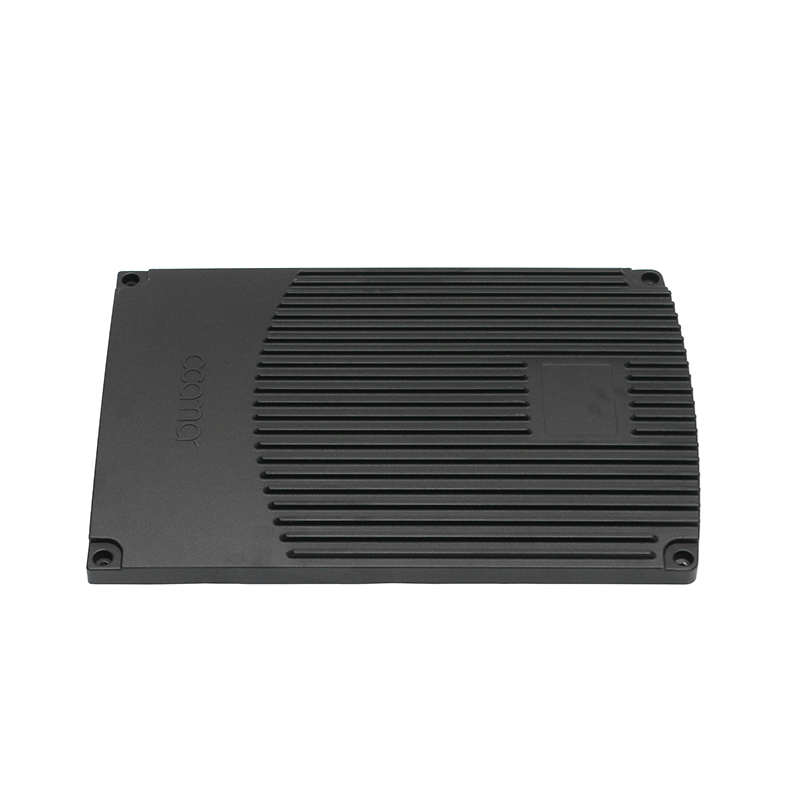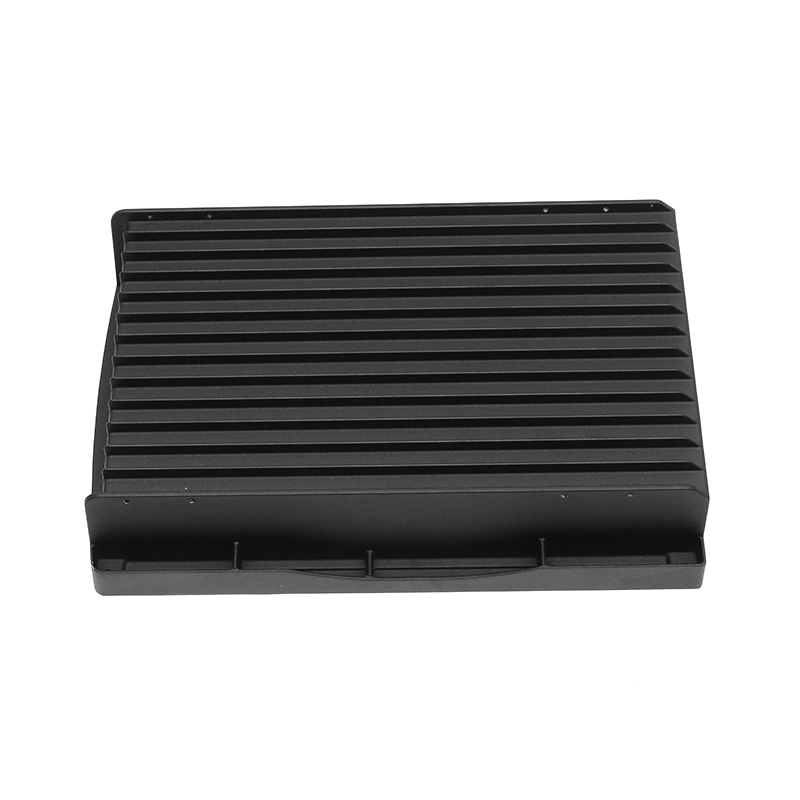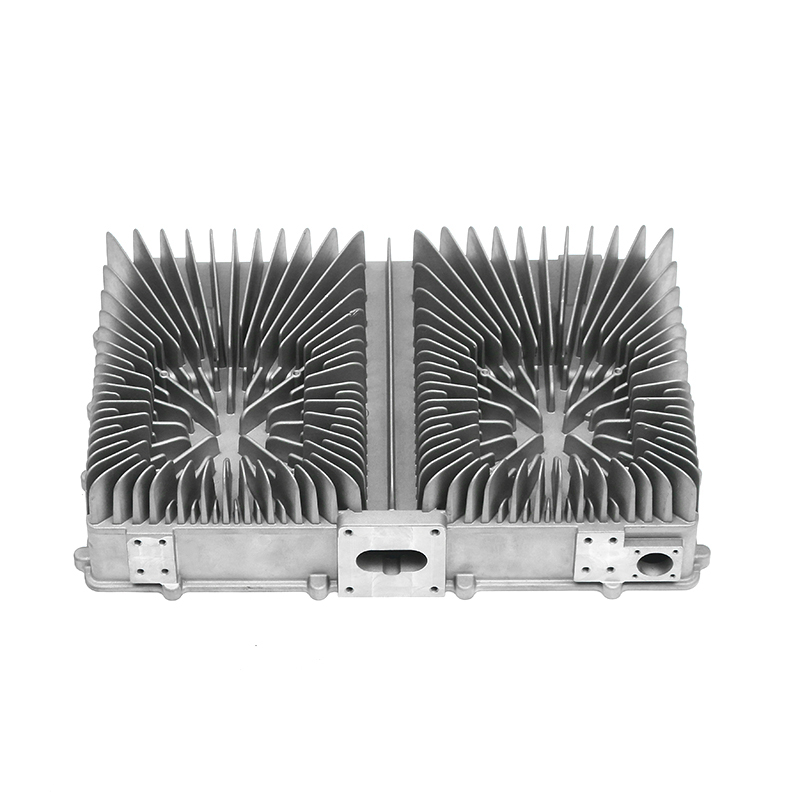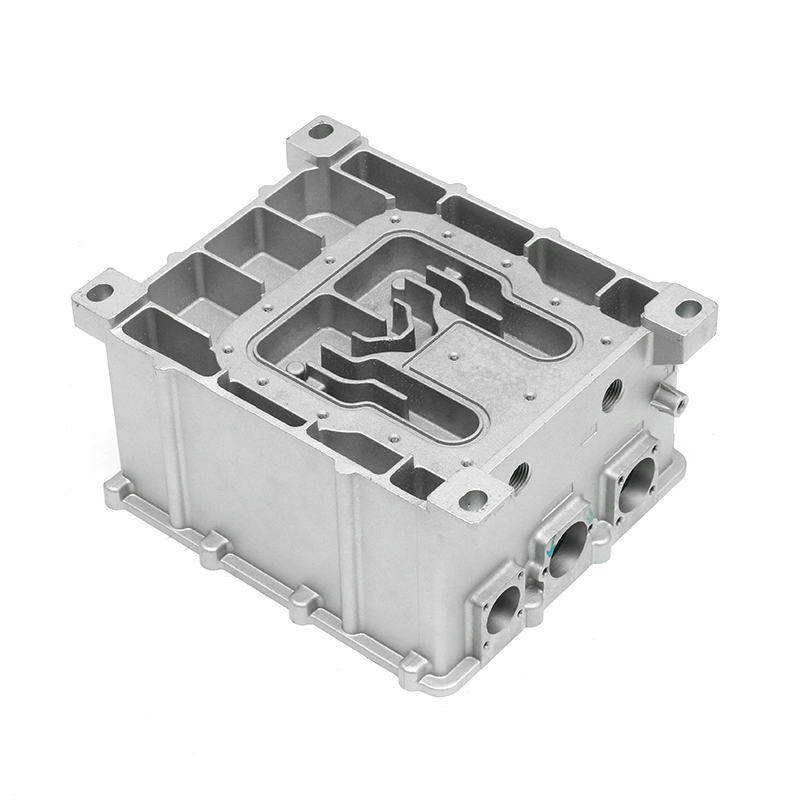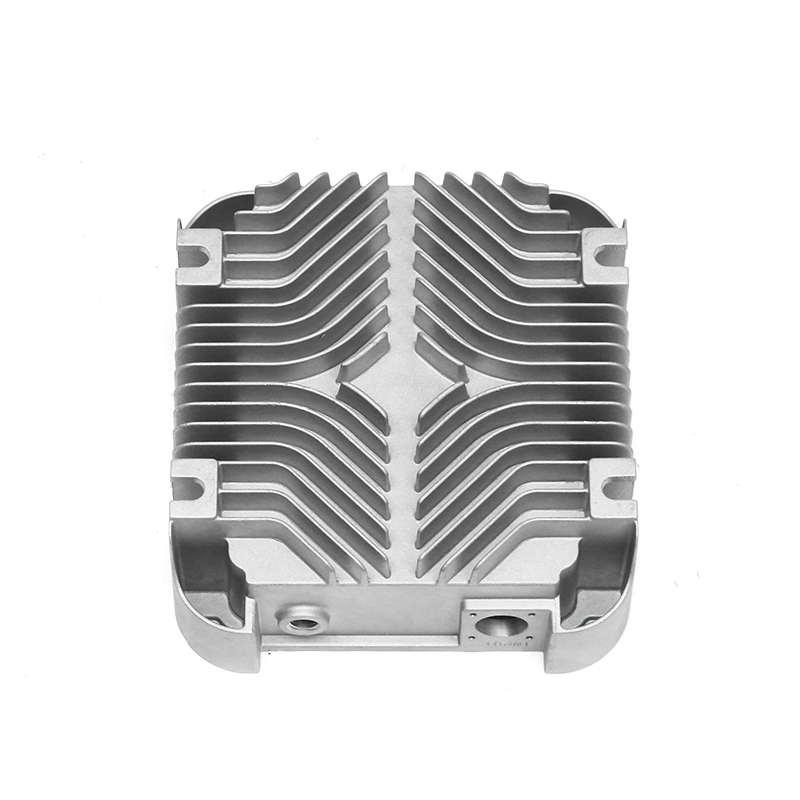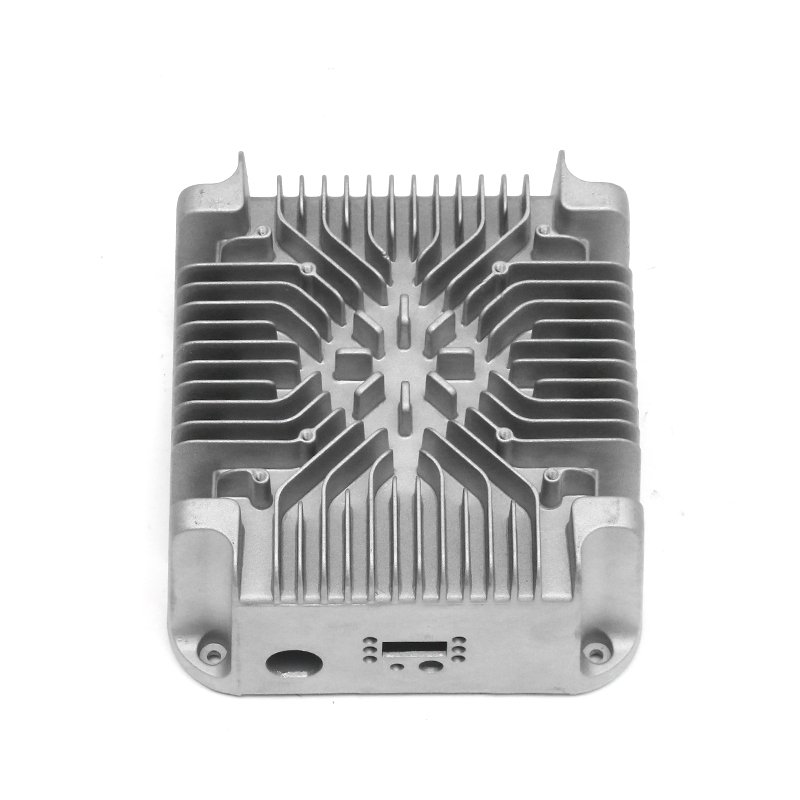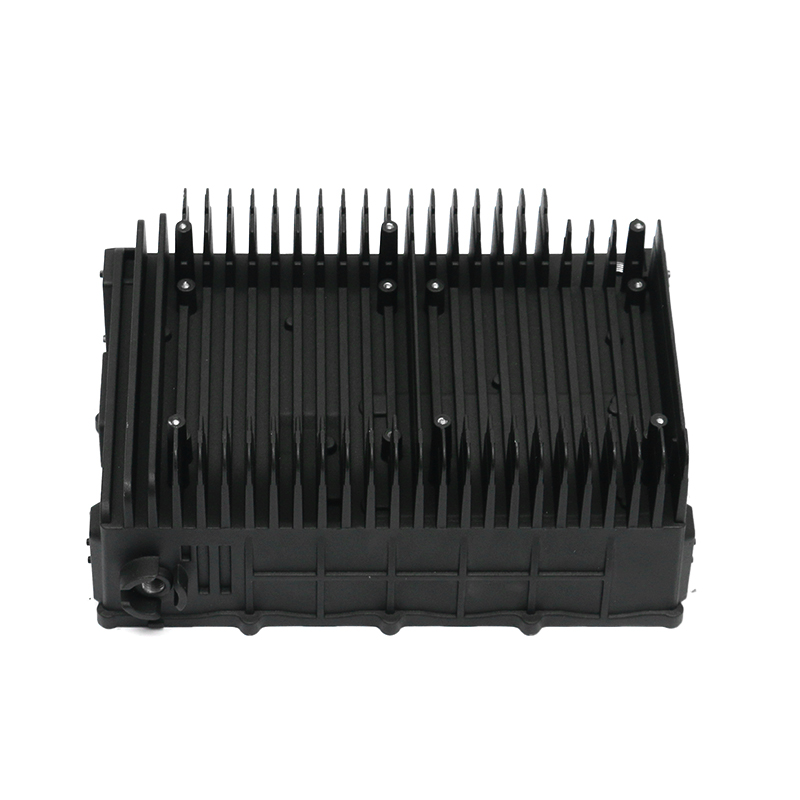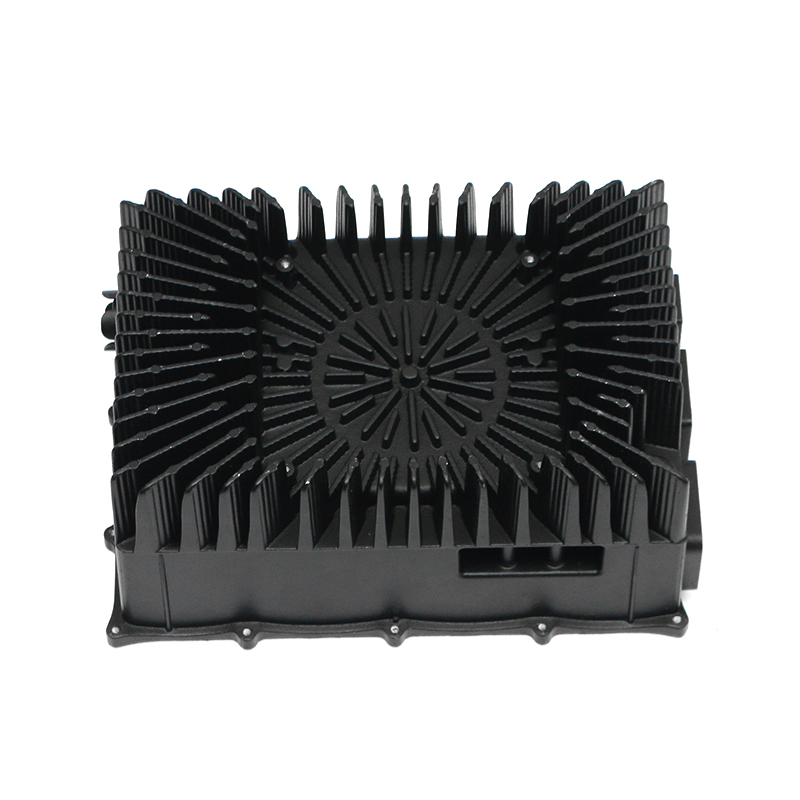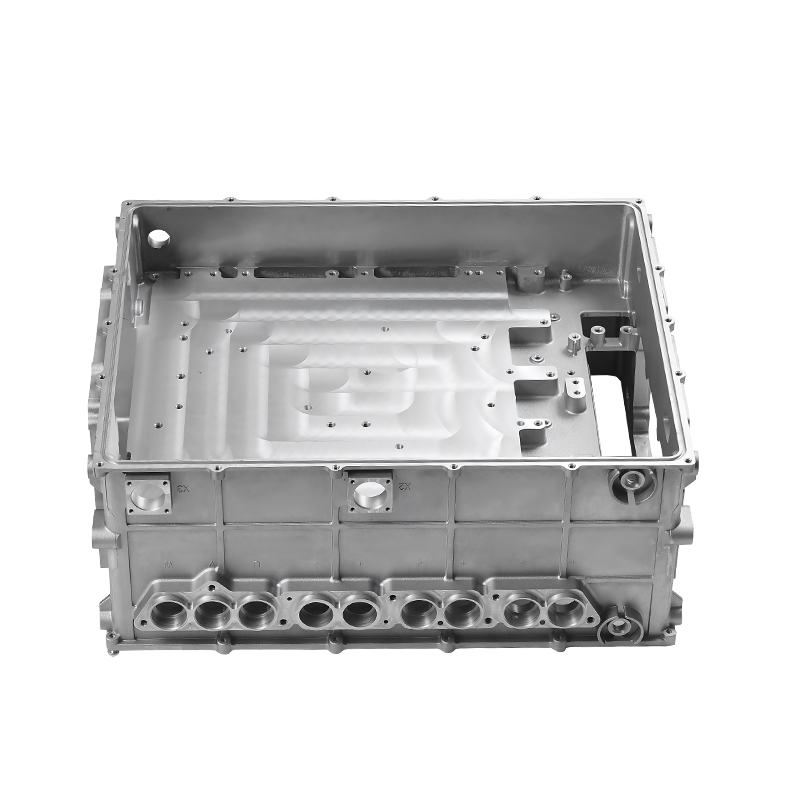Different levels of complexity of structural design
The structure of ordinary trimming molds is relatively simple, and most of them are mainly sheared or pressed in a single direction. They are suitable for die-castings with clear contours and regular trimming positions. Precision trimming molds use more complex structural designs, often including multi-segment guides, slider mechanisms, segmented shearing devices, etc., which can adapt to complex geometric structures and multi-angle trimming requirements. In order to improve the consistency of trimming, precision molds will also introduce a more rigorous closed mold positioning system to ensure that each component remains stably aligned during the action.
Higher requirements for processing accuracy and matching clearance control
Precision trimming molds have high requirements for dimensional tolerances and component matching during processing. They usually require high-precision CNC equipment for manufacturing and control material deformation through multiple heat treatments. In matching parts, such as the gap between guide pins, guide sleeves, locating pins and mold bases, they are usually controlled within a small range to improve trimming accuracy and repeatability. In contrast, ordinary trimming molds are relatively loose in processing accuracy, pay more attention to ease of operation and initial investment control, and are suitable for products that do not require high edge line control.
The trimming quality and the surface consistency of the die casting are different.
Precision trimming molds can more stably control the position and shape of the trimming line, thereby ensuring that the die casting has a clear outline and a smooth surface. Due to the high matching accuracy of the trimming edge shape, it is not easy to cause edge collapse, tearing or metal deformation during the trimming process. It is suitable for parts with high appearance requirements or requiring subsequent machining. However, during the trimming process, ordinary trimming molds are prone to unclear trimming or edge residue due to factors such as large mold gap and insufficient closing accuracy, which need to be repaired through manual secondary processing.
There are differences in applicable product types and usage scenarios.
Ordinary trimming molds are often used for products with simple structures, small production batches, and loose dimensional tolerance requirements, such as some home appliance accessories and lamp housings. It has a fast processing cycle, short manufacturing cycle, and relatively low cost, which is suitable for small batch and multi-variety production scenarios. Precision trimming molds mostly serve industries with complex structures and strict shape and position tolerance control, such as automotive parts, 3C aluminum alloy shells, and aviation die castings, and are more stable in large-scale, automated production.
Different service life and mold wear control capabilities
Due to differences in processing accuracy and material selection, precision trimming molds usually use high-wear-resistant mold steel materials, and enhance surface hardness and heat resistance through nitriding, passivation or PVD coating, thereby extending service life. Ordinary trimming molds tend to control costs in design and material processing, and parts that are prone to wear are frequently replaced, and the overall life is relatively short. Under high-frequency use conditions, the wear of ordinary molds will affect the trimming accuracy more quickly, and then affect the quality stability of die castings.
There are differences in maintenance frequency and mold adjustment methods
Precision trimming molds have a low maintenance frequency during use, but each maintenance requires more detailed adjustments and inspections to ensure the accuracy of the position of each component. The adjustment process usually relies on measuring tools and matching fixtures to avoid precision offset. The daily maintenance of ordinary trimming molds is relatively simple, and it is convenient to replace parts such as shear blades or positioning blocks, which is suitable for quick on-site repairs, but its consistency control ability for subsequent products is limited after the structure changes.
Different adaptability to automation and integrated systems
Precision trimming molds usually consider automatic loading and unloading, synchronous control and other factors at the beginning of design, and are easy to use with robot arms, edge pressing machines, automatic detection systems, etc. to improve the integration of production lines. Ordinary trimming molds are mostly manually operated. Although they can also be semi-automated through simple devices, their adaptability is limited in complex process scenarios, which is not conducive to the realization of full-process automatic control.
The mold cost and initial investment are quite different
Precision trimming molds are difficult to design, require high processing accuracy, have high material selection standards, have a long overall manufacturing cycle, and have relatively high investment costs. They are suitable for high unit product value or long-term mass production. Ordinary trimming molds are suitable for small and medium-sized enterprises that are more sensitive to cost control. They have low initial investment and can be put into production quickly, but their later maintenance and product consistency control costs may increase.
Different mold development cycle and delivery speed
Due to the more complex design review and precision processing processes involved, precision trimming molds usually take longer from design to delivery, including multiple stages such as process simulation, sample testing and structural optimization. Ordinary trimming dies have a simple structure, short manufacturing process and relatively short development cycle, and are suitable for rapid verification of die-casting products in urgent orders or early trial production stages.

